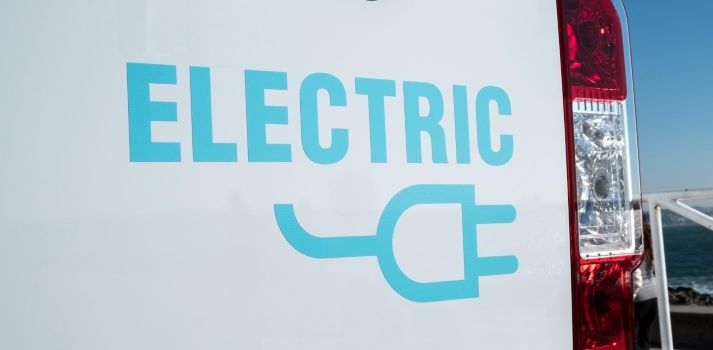New electrical registrations in February: plus 141 percent

In Germany, 16,531 new electric vehicles were registered in February. That is an increase of 141 percent. A total of 32,674 new electric vehicles have been registered since the beginning of the year. Their share of the total market was just under 7 percent, more than twice as high as in 2019 as a whole (3 percent).
The Federal Motor Transport Authority registered 8,154 passenger cars with purely battery electric drive (BEV). The increase is 76 percent. During the first two months, the VDIK member companies delivered 41 percent of all new BEVs. In addition, 8,354 plug-in hybrids were newly registered.
Reinhard Zirpel, President of the Association of International Motor Vehicle Manufacturers (VDIK) emphasized: “In 2020, we are experiencing a real leap in new registrations of electric vehicles compared to last year. Promotional measures such as the environmental bonus or tax breaks and the manufacturers’ model offensives have shown customers that the government and industry are serious about alternative drive systems. Many international manufacturers are benefiting from this, as they already have an extensive range of electric vehicles. The best-selling battery electric car will again come from a VDIK company in 2020. The plug-in hybrid with the highest registration is also an imported car”.
Overall demand for vehicles with alternative drive systems also picked up strongly in February: 38,974 new passenger cars with alternative drive systems were registered, including electric vehicles, hybrids without plugs and gas-powered cars. The increase is 87 percent. Since the beginning of the year there have been 78,211 units. This means that cars with alternative drive systems achieved a 16 percent share of the total market in January and February, compared with almost 9 percent in 2019.
In February, 748 natural gas passenger cars were also newly registered (plus 183 percent). Since the beginning of the year, 1,630 new CNG cars have hit the roads. More than three quarters of the vehicles come from international manufacturers (77 percent). The combustion of natural gas in the engine produces significantly lower CO2, nitrogen oxide and particulate emissions compared to petrol and diesel. The admixture of bio-gas can further reduce CO2 emissions.
A list of electric vehicles from international manufacturers with currently around 50 e-models available on the market can be found here.
| February | January – February | |||||
|---|---|---|---|---|---|---|
| Units | +/- (%) | Units | +/- (%) | Share of total car market | International brands (VDIK) | |
| BEV | 8,154 | 76 | 15,646 | 69 | – | 41 |
| PHEV | 8,354 | 279 | 16,993 | 293 | – | 35 |
| FCEV | 23 | 92 | 35 | 21 | – | 100 |
| Electric Vehicles (total) | 16,531 | 141 | 32,674 | 140 | 6.7 | 38 |
| HEV | 21,646 | 67 | 43,812 | 69 | – | 44 |
| CNG | 748 | 183 | 1,630 | 220 | – | 77 |
| LPG | 49 | -93 | 95 | -94 | – | 85 |
| Alternative Drivetrains (total) | 38,974 | 87 | 78,211 | 87 | 16.1 | 42 |
Glossary
Electric vehicles: BEV, PHEV and FCEV
BEV, Battery Electric Vehicle
PHEV, Plug-In Hybrid Electric Vehicle
FCEV, Fuel Cell Vehicle, hydrogen vehicle
HEV, Hybrid without plug or non-rechargeable
CNG, Compressed Natural Gas
LPG, Liquified Petroleum Gas